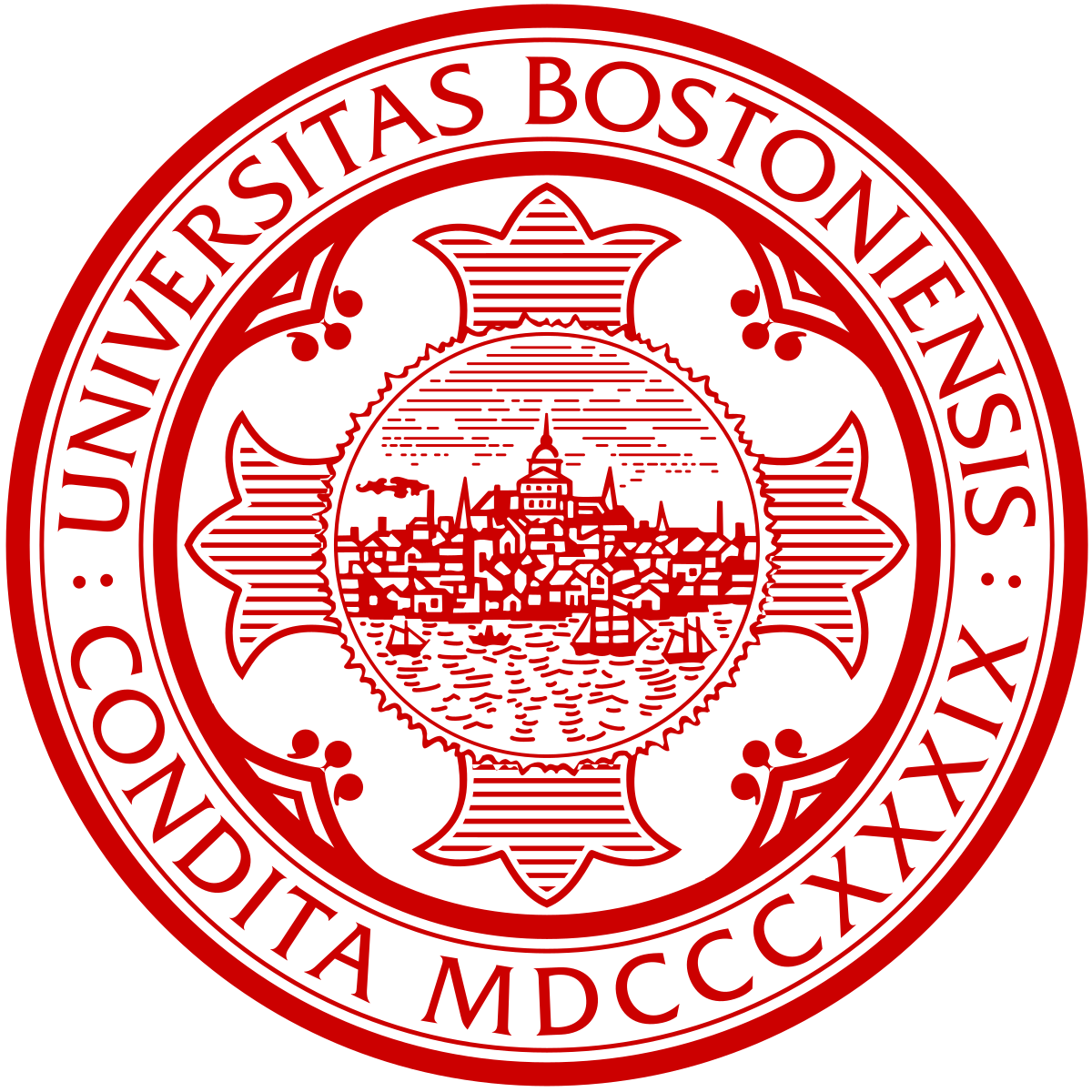MemeTector: Enforcing deep focus for meme detection
Image memes and specifically their widely-known variation image macros, is a special new media type that combines text with images and is used in social media to playfully or subtly express humour, irony, sarcasm and even hate. It is important to accurately retrieve image memes from social media to better capture the cultural and social aspects of online phenomena and detect potential issues (hate-speech, disinformation). Essentially, the background image of an image macro is a regular image easily recognized as such by humans but cumbersome for the machine to do so due to feature map similarity with the complete image macro. Hence, accumulating suitable feature maps in such cases can lead to deep understanding of the notion of image memes. To this end, we propose a methodology, called Visual Part Utilization, that utilizes the visual part of image memes as instances of the regular image class and the initial image memes as instances of the image meme class to force the model to concentrate on the critical parts that characterize an image meme. Additionally, we employ a trainable attention mechanism on top of a standard ViT architecture to enhance the model's ability to focus on these critical parts and make the predictions interpretable. Several training and test scenarios involving web-scraped regular images of controlled text presence are considered for evaluating the model in terms of robustness and accuracy. The findings indicate that light visual part utilization combined with sufficient text presence during training provides the best and most robust model, surpassing state of the art. Source code and dataset are available at https://github.com/mever-team/memetector.





